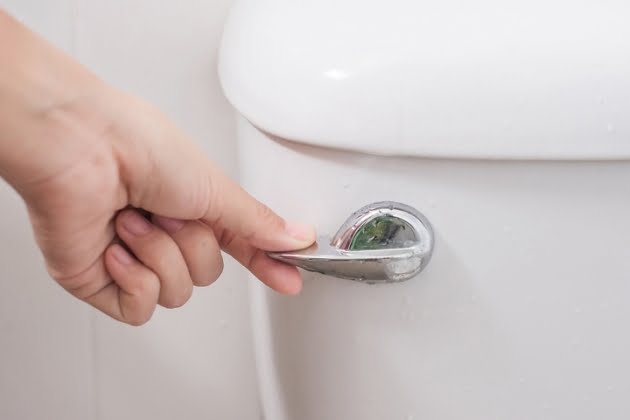A toilet not flushing fully can be anybody’s worst nightmare in the bathroom. Sometimes, it may require a second flush, just to clear away the toilet’s contents completely. At other times, you feel exasperated when your third, fourth, and countless other attempts won’t result in a clean flush. You may always find leftover evidence of your recent bathroom activities, which is something that nobody desires.
When the toilet won’t flush successfully, you may feel frustrated, disgusted, and even a little embarrassed. Plus, you’re wasting lots of unnecessary water with every additional flush, which will drive up your utility bills. It is best to address a defective toilet flush as swiftly as possible. With the help of a local plumber, you will restore the toilet’s function, clearing away all contents in one efficient flush.
Does your toilet not flush all the way after the first try? Check out these six solutions to fix a toilet not flushing fully:
1. Check the water level in toilet tank
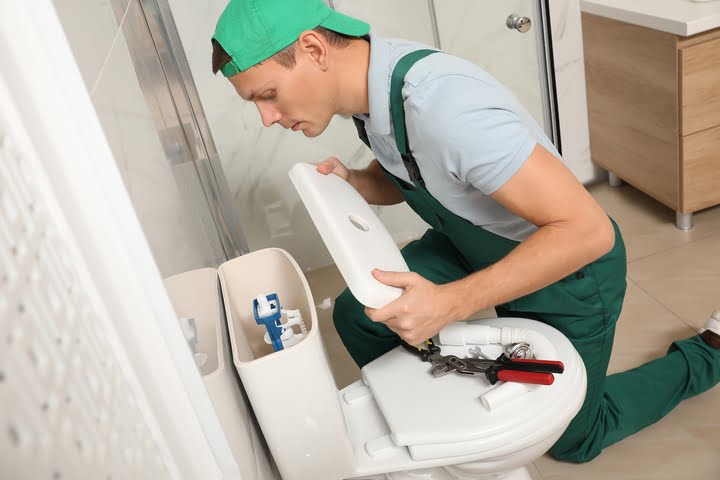
When you encounter any flushing problems, you should first check the water level in the toilet tank. Remove the tank cover and look inside for a marked indicator. If the water line is below the mark, this could be the reason why your toilet isn’t flushing fully.
To fix this, there should be a float inside the toilet tank. The float is usually some type of rubber ball held by a metallic arm. Using a screwdriver, you can turn a screw located at the base, which will elevate the float. Raise the float until it reaches above the marked indicator, and this adjustment should allow the toilet to flush properly.
2. Fix the toilet flapper
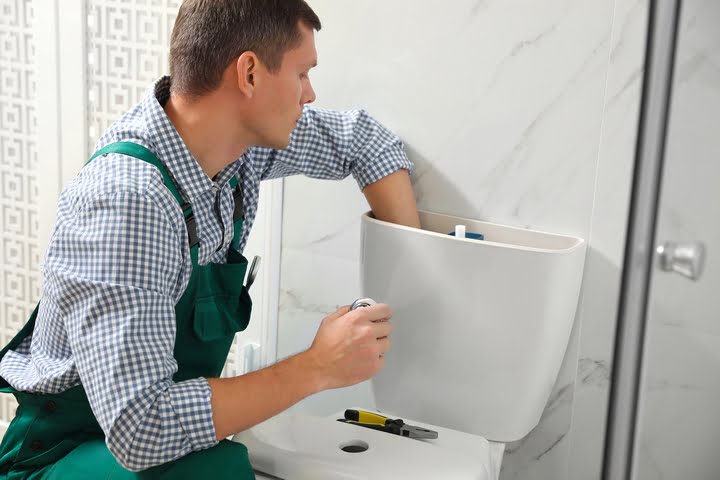
The toilet flapper describes a rubber seal that plugs a hole at the bottom of the tank. If this flapper becomes damaged, it may cause water to leak out of the tank. This creates an issue where you won’t have enough water available for the toilet to flush fully. Contact a residential plumber to have a new toilet flapper replaced.
There may also be a problem with the toilet flapper chain, which is potentially too long or too short. Adjust its length to allow for functional movement, with approximately half an inch of slack.
3. Unclog the toilet
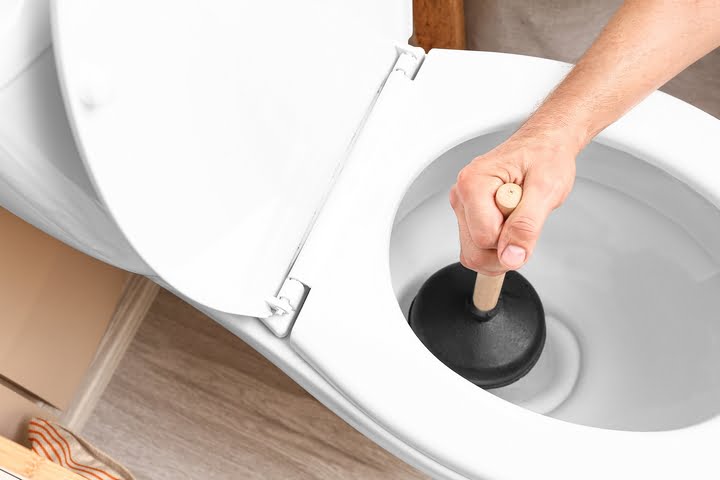
A clogged toilet will impact your ability to flush the toilet at maximum efficiency. If you notice a particularly slow flushing toilet, there may be a clog that is obstructing the water circulation. The clog can be caused by natural debris, clumps of toilet paper, or any unusual objects that were mistakenly flushed into the toilet.
The best way to unblock a clogged toilet is by using a plunger. Position the plunger to create a tight seal around the bottom of the toilet. Then, move the plunger vigorously up and down, until the water level seems to be reducing. Alternatively, you may also try using a drain snake to clear away the clog.
4. Inspect the inlet holes of the toilet bowl
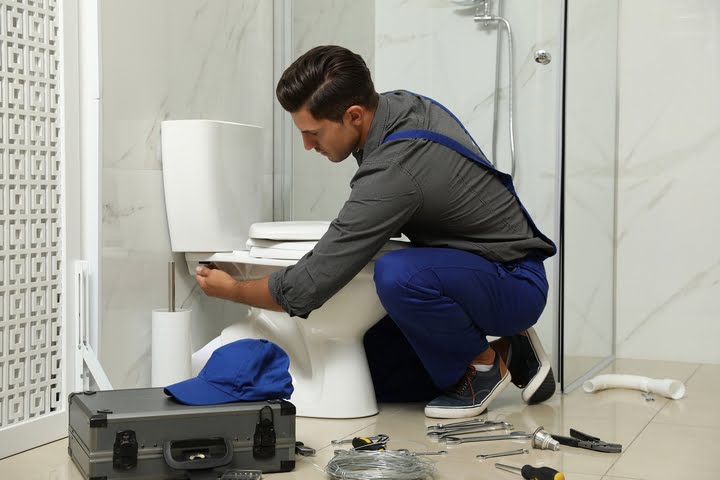
The inlet holes may be the cause of your toilet not flushing fully. These are tiny holes located at the rim of the toilet bowl. When you flush, water should be able to travel freely through the inlet holes. If the inlet holes become clogged, then the water won’t move quickly enough to allow for a full flush.
You can inspect the inlet holes by holding a small mirror under the rim of the bowl. If the holes are clogged, you can pour white vinegar into the overflow tube, which is an apparatus inside the tank. Let this solution sit overnight before you flush again. Finally, use a small piece of wire to clear the inlet holes.
5. Ensure the toilet is installed properly
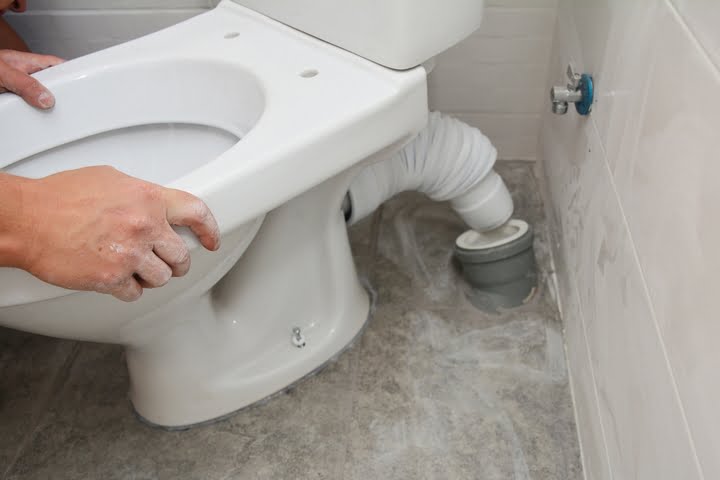
Many flushing problems originate with a new toilet that isn’t installed properly in the first place. When the toilets are installed in new houses, some contractors may forget to remove a rubber cap at the top of the vent pipe. This simple human error causes the toilet to not flush fully. Ask your plumber to inspect the toilet’s vent pipe, ensuring the rubber cap has been removed.
It is also possible that the drains of your toilet didn’t get properly installed. The plumber can perform an extensive drain inspection and troubleshoot any outstanding issues.
6. Contact a plumber for help

You may have already tried one of the above solutions, but you still weren’t able to fix the defective flush system. This usually occurs when your toilet is severely broken, so there might be multiple problems obstructing the flush at the same time. Since the damages appear significantly complex, you should rely on a professional plumber to troubleshoot the problem.
Sometimes, the signs of a weak flush system may indicate that your toilet is naturally worn out. After years of usage, many problems will arise with old and deteriorated toilets, regardless of how many times you try to repair them. Your plumber may recommend that you install a new toilet instead, so take this advice into careful consideration.



